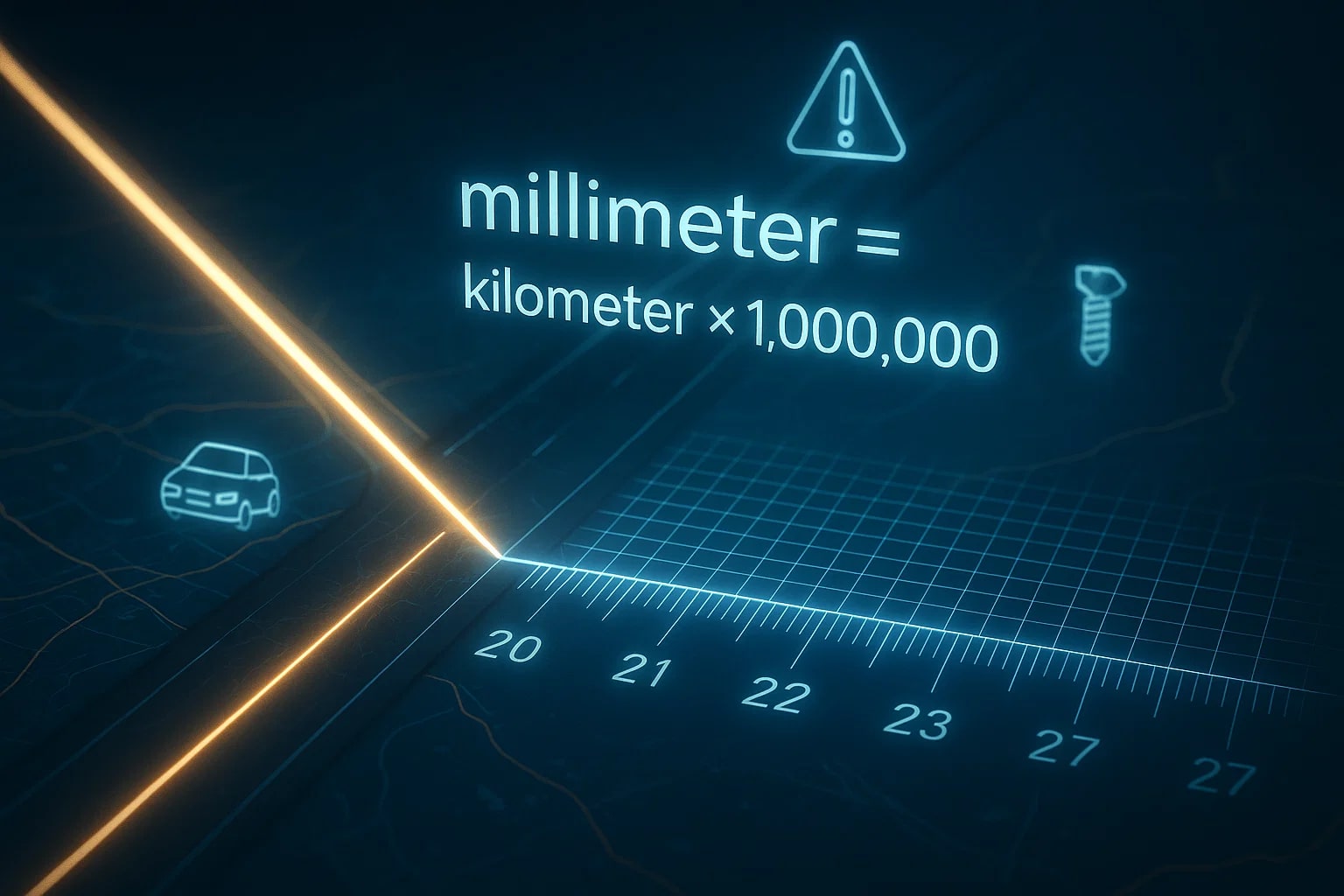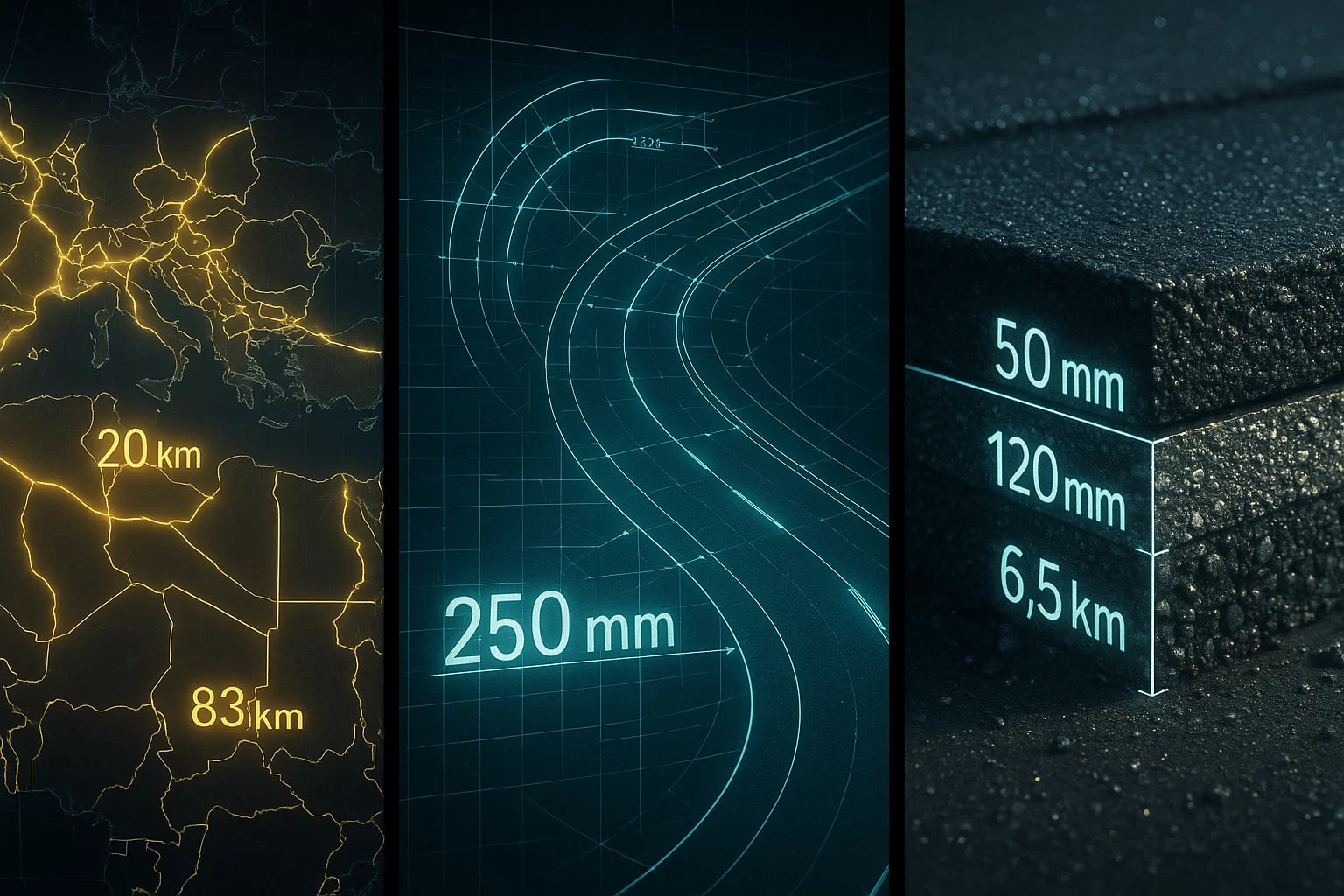kilometer to millimeter – How to convert km to mm
The conversion from kilometer to millimeter shows the true range of the metric system. Kilometers are best for long distances, like roads or maps, while millimeters are used for the finest details in construction, machining, and science. Learning how to convert km to mm helps bridge large-scale and small-scale measurements with one simple calculation.

What is a Kilometer (km)?
A kilometer equals one thousand meters:
1 km = 1000 m.
It is widely used worldwide for road distances, mapping, and athletics such as long-distance running.
What is a Millimeter (mm)?
A millimeter is one thousandth of a meter:
1 mm = 0.001 m.
It is essential in construction, machining, medicine, and any field where precision to fractions of a centimeter is needed.
How to Convert km to mm
The formula is:
millimeter = kilometer × 1 000 000
For example, let’s convert 2.5 km into millimeters:
millimeter = 2.5 × 1 000 000 = 2 500 000 mm
So, 2.5 km = 2 500 000 mm.
For more conversion needs, you can use the Length Converter or check the complete Conversion Tools.
Do you know?
-
The prefix kilo- means 1000, while milli- means one thousandth, making their relationship a factor of one million.
-
A marathon of 42.195 km equals 42,195,000 mm when scaled down.
-
In mechanical engineering, small parts are often measured in millimeters, while the entire system might be described in kilometers of length or coverage.
-
Millimeters are also used in meteorology to record rainfall, where even a few mm can make a big difference.
Bridging Roads and Precision
Kilometers are useful for large-scale navigation, while millimeters bring accuracy to tiny dimensions. Together, they demonstrate the range of the metric system, allowing smooth scaling from something as small as a screw’s diameter to something as large as a country’s road network.
For instance, civil engineers may describe a highway as 10 km long but specify the thickness of its asphalt in millimeters. Converting between the two ensures clarity across different stages of design and measurement.

From the Vast to the Minute
The conversion from kilometer to millimeter demonstrates how versatile the metric system is, uniting global distances and microscopic details.
By applying this quick formula, you can move seamlessly across scales, whether working in science, engineering, or everyday problem solving.

